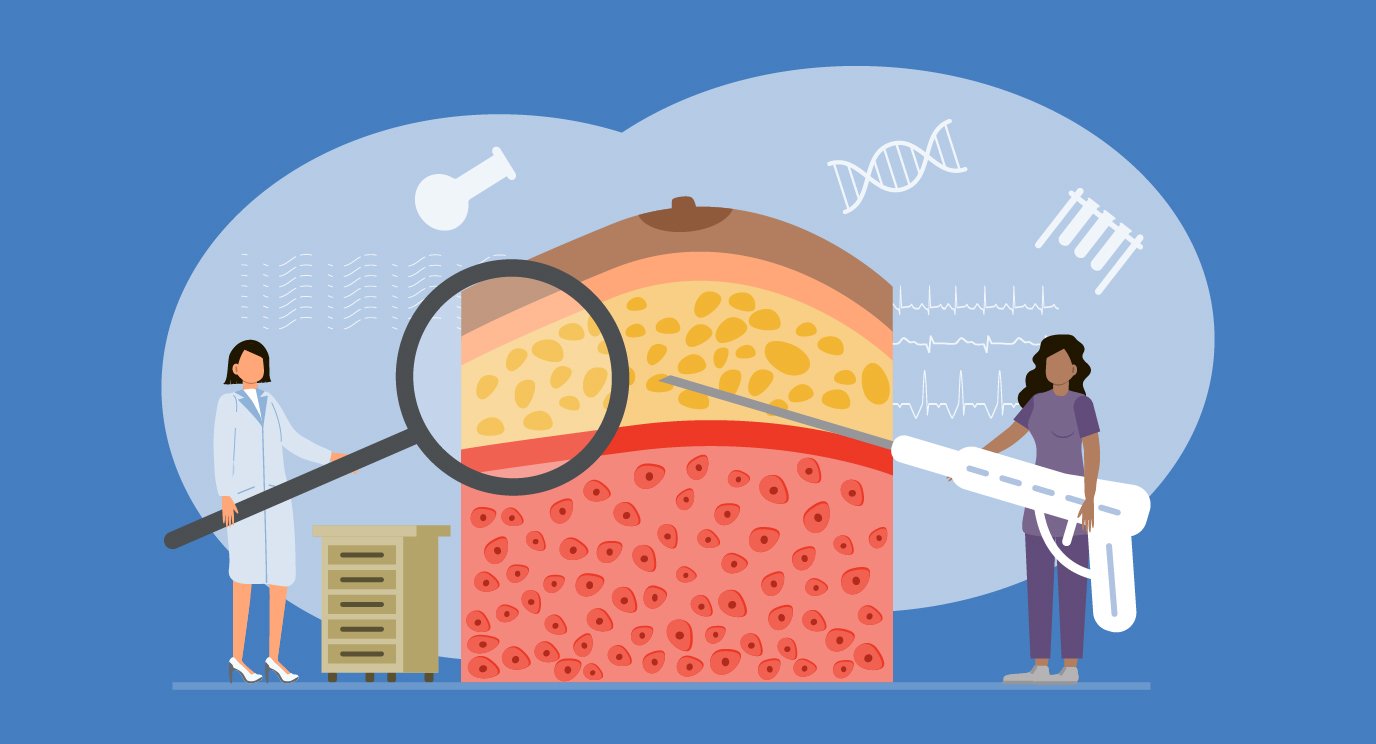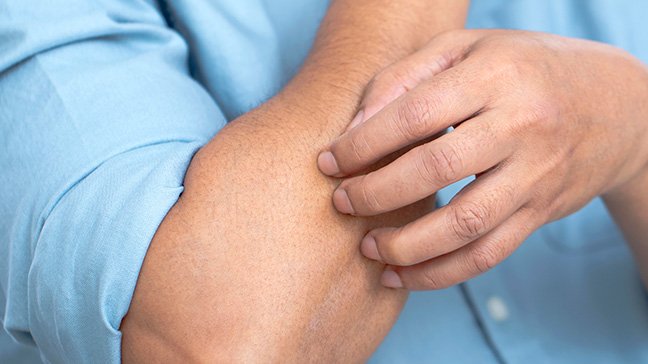- Diseases
- Acoustic Neuroma (16)
- Adrenal Gland Tumor (24)
- Anal Cancer (70)
- Anemia (2)
- Appendix Cancer (18)
- Bile Duct Cancer (26)
- Bladder Cancer (74)
- Brain Metastases (28)
- Brain Tumor (234)
- Breast Cancer (726)
- Breast Implant-Associated Anaplastic Large Cell Lymphoma (2)
- Cancer of Unknown Primary (4)
- Carcinoid Tumor (8)
- Cervical Cancer (164)
- Colon Cancer (168)
- Colorectal Cancer (118)
- Endocrine Tumor (4)
- Esophageal Cancer (44)
- Eye Cancer (36)
- Fallopian Tube Cancer (8)
- Germ Cell Tumor (4)
- Gestational Trophoblastic Disease (2)
- Head and Neck Cancer (14)
- Kidney Cancer (130)
- Leukemia (342)
- Liver Cancer (50)
- Lung Cancer (286)
- Lymphoma (278)
- Mesothelioma (14)
- Metastasis (30)
- Multiple Myeloma (100)
- Myelodysplastic Syndrome (60)
- Myeloproliferative Neoplasm (6)
- Neuroendocrine Tumors (16)
- Oral Cancer (102)
- Ovarian Cancer (178)
- Pancreatic Cancer (160)
- Parathyroid Disease (2)
- Penile Cancer (14)
- Pituitary Tumor (6)
- Prostate Cancer (150)
- Rectal Cancer (58)
- Renal Medullary Carcinoma (6)
- Salivary Gland Cancer (14)
- Sarcoma (238)
- Skin Cancer (300)
- Skull Base Tumors (56)
- Spinal Tumor (12)
- Stomach Cancer (66)
- Testicular Cancer (28)
- Throat Cancer (92)
- Thymoma (6)
- Thyroid Cancer (100)
- Tonsil Cancer (30)
- Uterine Cancer (86)
- Vaginal Cancer (18)
- Vulvar Cancer (22)
- Cancer Topic
- Adolescent and Young Adult Cancer Issues (22)
- Advance Care Planning (12)
- Biostatistics (2)
- Blood Donation (18)
- Bone Health (8)
- COVID-19 (360)
- Cancer Recurrence (120)
- Childhood Cancer Issues (120)
- Clinical Trials (628)
- Complementary Integrative Medicine (22)
- Cytogenetics (2)
- DNA Methylation (4)
- Diagnosis (238)
- Epigenetics (6)
- Fertility (62)
- Follow-up Guidelines (2)
- Health Disparities (14)
- Hereditary Cancer Syndromes (128)
- Immunology (18)
- Li-Fraumeni Syndrome (8)
- Mental Health (122)
- Molecular Diagnostics (8)
- Pain Management (62)
- Palliative Care (8)
- Pathology (10)
- Physical Therapy (18)
- Pregnancy (18)
- Prevention (936)
- Research (390)
- Second Opinion (78)
- Sexuality (16)
- Side Effects (616)
- Sleep Disorders (10)
- Stem Cell Transplantation Cellular Therapy (216)
- Support (408)
- Survivorship (328)
- Symptoms (182)
- Treatment (1788)
Halloween during COVID-19: Is it safe to go trick-or-treating during the pandemic?
4 minute read | Published September 23, 2020
Medically Reviewed | Last reviewed by an MD Anderson Cancer Center medical professional on September 23, 2020
Fall is here, and that’s got many people thinking about Halloween and other autumn activities. But as the coronavirus (COVID-19) pandemic continues, you may be wondering if it’s safe for kids to trick-or-treat — or for you to hand out candy. Are there safer ways to celebrate Halloween during a pandemic?
We checked in with our infectious diseases and infection control specialist Roy Chemaly, M.D. Here’s what he had to say.
Is it safe to go trick-or-treating during the COVID-19 pandemic?
The safest way to observe Halloween is by limiting your celebration to members of your own household — and by doing it at home rather than going trick-or-treating. You don’t want to have a bunch of kids from different families all running around together, because that makes it harder to practice social distancing.
A lot of criteria would have to be met in order to trick-or-treat safely this year, including:
- living in an area where there’s not widespread COVID-19 community transmission,
- only going to a few houses where you know the people are carefully following COVID-19 precautions,
- wearing face masks, practicing good hand hygiene, and socially distancing yourself from the people handing out the candy, as well as other groups of trick-or-treaters,
- not having COVID-19 and not having potentially been exposed recently to someone who does, and
- only going with members of your own household.
Realistically, it will be hard to meet all of these criteria to trick-or-treat safely during the pandemic. So, this year, it’s a good idea to think about other, low-risk activities you can do to celebrate Halloween.
What are some Halloween options that might be safer than trick-or-treating during the COVID-19 pandemic?
Hold a scavenger hunt in your house or yard, watch a scary movie together, carve pumpkins, or have a virtual Halloween costume contest.
Some people also host “trunk-or-treats.” This may be a relatively low-risk option if you do it only with a small group of people you know. Just make sure the cars are well-separated and you don’t get too close to other people.

What about other fall activities – like visiting pumpkin patches, attending fall festivals or visiting farms and petting zoos?
It’s hard to make general recommendations for specific events, and it depends, in part, on whether there’s widespread COVID-19 community transmission in your area.
Find out in advance what COVID-19 precautions the event organizers are taking. If it seems like they’re taking extensive precautions, do your part to protect yourself and others by masking, hand-washing and social distancing as well.
Kids and adults often wear plastic Halloween masks. Do these provide protection against COVID-19?
No. You still need to wear a medical-grade face mask or a cloth mask with multiple layers, because the cheap plastic masks that come with most store-bought costumes don’t act as filters. They just redirect your breath around the edges or through unprotected nose holes. So, they offer no real protection — to you or anyone else.
It can be dangerous to wear a plastic mask over a cloth mask because that can make it harder to breathe. If your child insists on wearing a Halloween mask this year, consider using a Halloween-themed cloth mask.
If kids do go trick-or-treating, what precautions should they take when collecting candy during the COVID-19 pandemic?
Once your kids get to someone’s door, they should keep their distance and ask the person to drop a piece of candy in their bag, instead of reaching into a communal bowl to grab something. If the people won’t do it, that’s OK. Just be practical. Make sure your kids don’t touch their faces (or yours!) or eat anything until they’ve had a chance to wash their hands after touching a piece of candy.
You might also consider leaving the candy alone for a while before letting your kids eat it, because the coronavirus is very fragile, so it should be dead after a couple of hours.
This should go without saying, but if your child or someone in your household may have COVID-19 or may have recently been exposed to someone with COVID-19, you should not go trick-or-treating, hand out candy or participate in other Halloween festivities. Instead, stay home and self-isolate, monitor your temperature, and get tested for COVID-19, if appropriate.
What’s the safest approach if you do have trick-or-treaters in your area during the COVID-19 pandemic?
Consider putting a bowl out on your porch instead, with a sign that reads, “Take one!”
I’ve also heard of people who intend to line up candies individually, so that nobody has to rummage around touching everything just to find something they want.
In both situations, you can monitor your arrangements, replenish your supplies as the night wears on, and avoid interacting with trick-or-treaters. But if you do interact with trick-or-treaters, be sure to wear a face mask or cloth mask, and wash your hands well.
Related stories
- What counts as COVID-19 exposure?
- How to safely celebrate Thanksgiving during COVID-19
- Can air purifiers protect you from COVID-19?
Request an appointment at MD Anderson online or by calling 1-855-795-4316.

The safest way to observe Halloween is by limiting your celebration to members of your own household.
Roy Chemaly, M.D.
Physician





